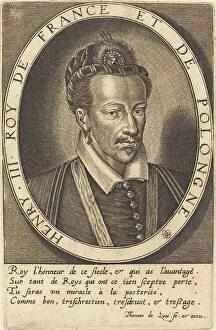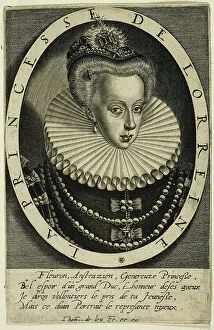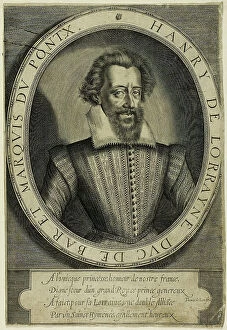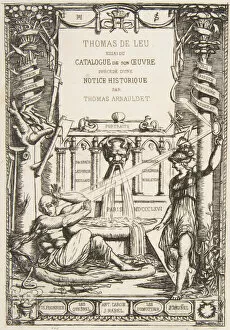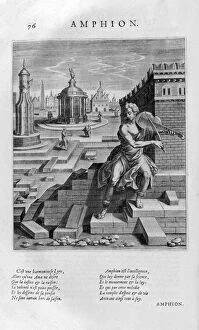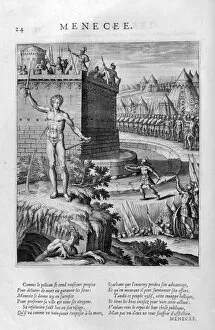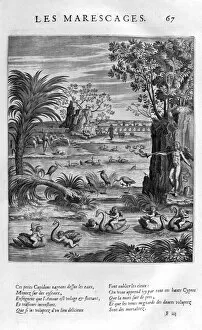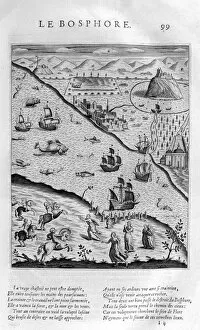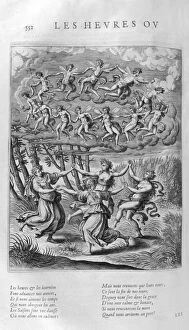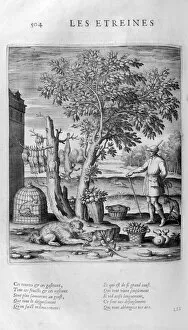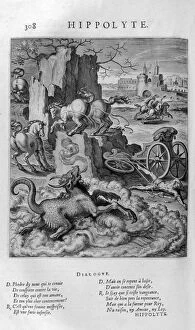Thomas De Leu Collection
Thomas de Leu was a talented French artist who lived during the 16th and 17th centuries
All Professionally Made to Order for Quick Shipping
Thomas de Leu was a talented French artist who lived during the 16th and 17th centuries. His work spanned various genres, from creating frontispieces for catalogues to depicting historical figures and scenes. In 1866, Thomas de Leu designed a captivating frontispiece for the Catalogue of his own work. This intricate piece showcased his artistic prowess and attention to detail. One of his notable creations is the portrait of Sorbin de Ste Foy in 1594. With finesse, he captured the essence of this individual, bringing them to life on canvas. Another masterpiece by the portrayal of Catherine de Medici, Queen of Henry II of France. Through his brushstrokes, he immortalized her beauty and regal presence that defined the 16th century. Mary, Queen of Scots also found herself under Thomas de Leu's artistic gaze. In late 16th century style (1894), he depicted her with grace and elegance befitting a queen. Henry II, Duke of Lorraine was another subject that caught Thomas de Leu's eye. His artwork from either late 16th or early 17th century showcases Henry II's noble stature and commanding presence. While not limited to portraiture alone, it also delved into other themes such as mythology and literature. He illustrated scenes like Jason and the Argonauts in 1655 with meticulous attention to detail. Leonard Gaultier was another renowned artist whose works were brought to life through engravings by Thomas de Leu. From Scamander to Rhodogune, Comus to The Nile - each engraving displayed Gaultier's talent while being skillfully translated onto paper by De Leu himself. Lastly, an equestrian portrait capturing Henry IV of France in all his glory stands as one more testament to De Leu's ability to immortalize historical figures.





